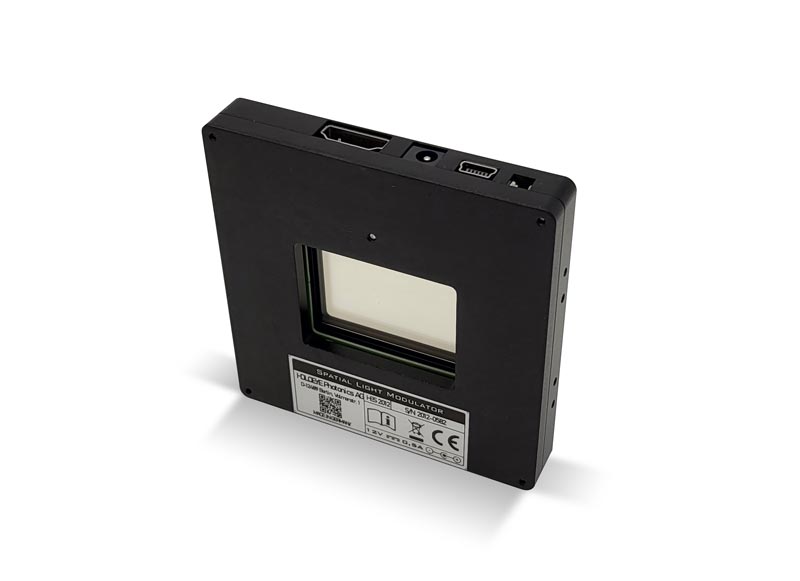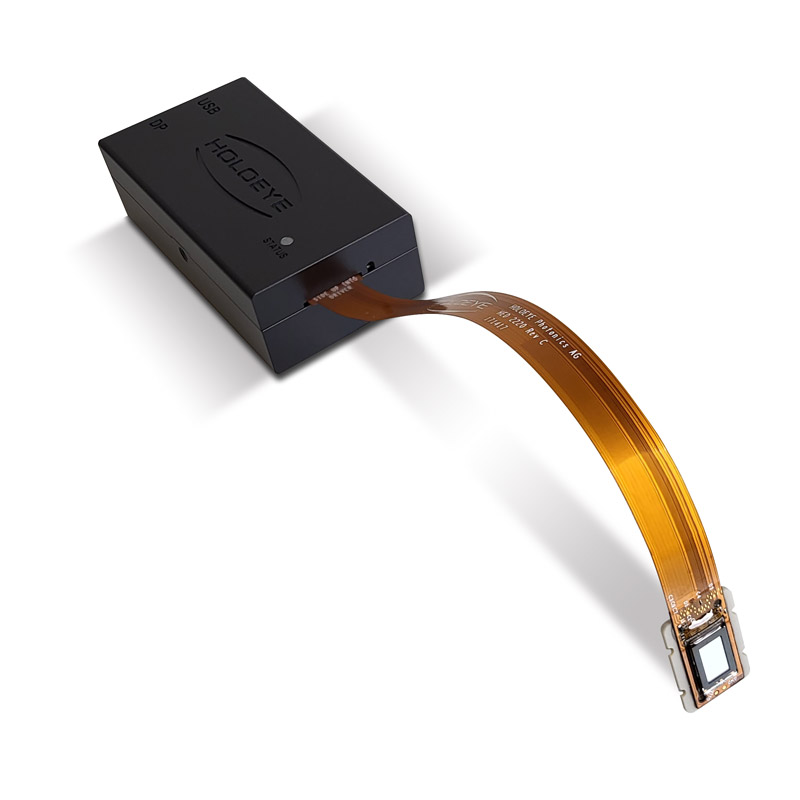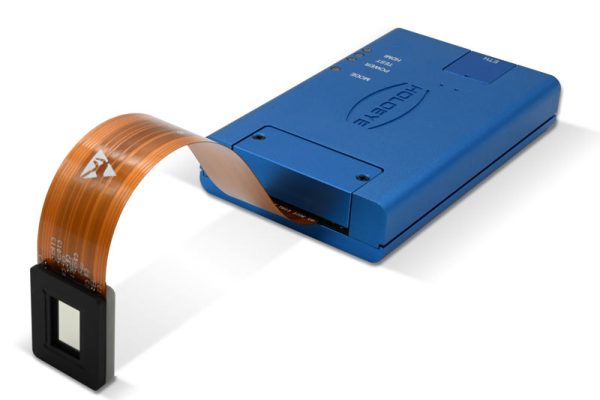Spatial Light Modulators
What are Spatial Light Modulators (SLMs)?
A Spatial Light Modulator (SLM) is a sophisticated optical device that provides dynamic, programmable control over the properties of a light beam in two dimensions. Imagine a high-tech “digital canvas” for light – instead of pixels displaying color, SLMs can precisely manipulate characteristics like:
- Amplitude (Intensity): Controlling the brightness or darkness of light at each point. This is like turning individual light bulbs up or down.
- Phase: Adjusting the “timing” or wavefront of light. This allows for complex beam shaping, focusing, and aberration correction, invisible to the naked eye but crucial for optical performance.
- Polarization: Modifying the orientation of light waves, which is vital in applications like advanced displays and optical communication.
Unlike fixed optical components like lenses or mirrors, SLMs are electrically or optically addressed, meaning their light-modulating patterns can be changed rapidly and reconfigured in real-time. This dynamic capability is what makes them so powerful and versatile.
The most common types of SLMs are based on liquid crystal (LC) technology, similar to the displays in your phone or TV. In these devices, an electric field manipulates the orientation of liquid crystal molecules, which in turn alters the light passing through or reflecting off them. Liquid Crystal on Silicon (LCoS) SLMs are a prevalent reflective type, offering high resolution and precise control. Another type is the Digital Micromirror Device (DMD), which uses an array of tiny, independently tilting mirrors to modulate light intensity.
What are Spatial Light Modulators Used For?
The ability to precisely control light across a two-dimensional plane unlocks a vast array of cutting-edge applications, driving innovation across science, industry, and technology:
- 3D Displays & Holography: Creating truly immersive 3D images that can be viewed without special glasses, or generating dynamic holograms for artistic installations, data visualization, and advanced microscopy.
- Beam Shaping & Steering: Precisely sculpting laser beams for highly specialized tasks. This includes:
- Laser Material Processing: Fine-tuning laser profiles for precision cutting, welding, and additive manufacturing.
- Optical Tweezers: Manipulating microscopic particles, cells, or even atoms with light, crucial for biological research and nanotechnology.
- Optogenetics: Directing light to specific neurons for neuroscience research.
- Adaptive Optics: Compensating for distortions in optical systems, such as atmospheric turbulence in telescopes (enabling clearer astronomical images) or aberrations in microscopy (improving resolution in biological samples).
- Optical Communication: Encoding and decoding information onto light waves for high-bandwidth data transmission.
- Quantum Computing & Photonics: Playing a crucial role in manipulating quantum states of light, essential for developing next-generation quantum technologies.
- Maskless Lithography: Creating intricate patterns directly onto materials without the need for physical masks, accelerating semiconductor manufacturing and microfabrication.
- Medical Imaging & Diagnostics: Enhancing image quality in various medical procedures and enabling new diagnostic techniques.







